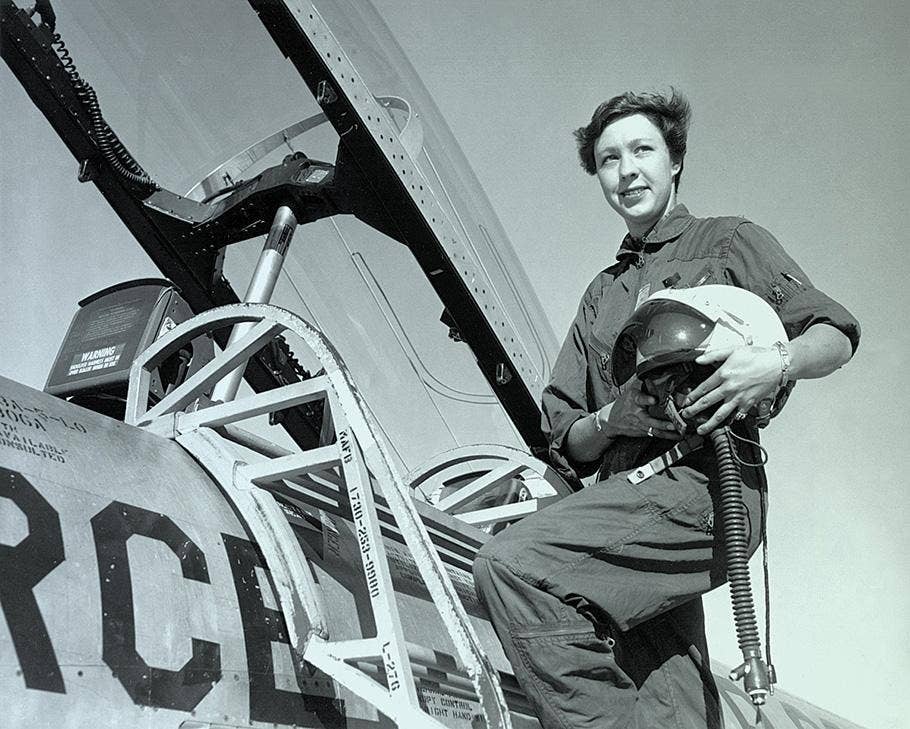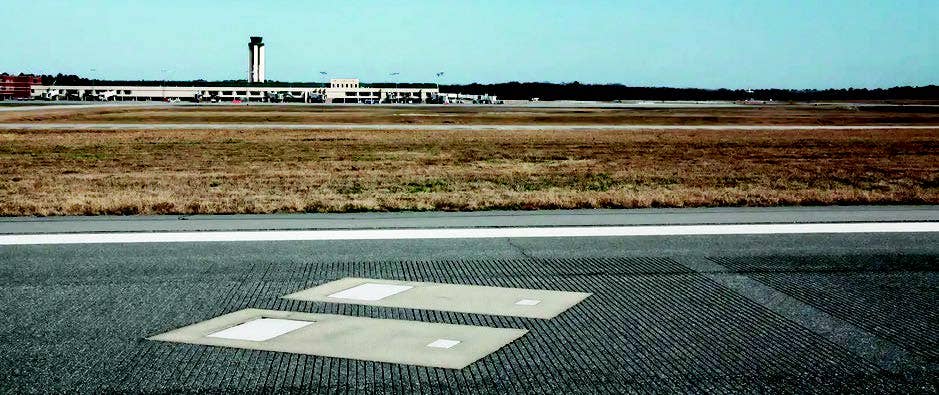Exploring New Zealand’s Grand Islands by Air
Trip of a lifetime finally happens—and the weeklong flying tour proves to be magical.

One of the highlights of the FlyInn self-fly tour included an epic day at Milford Sound and Fjordland. [Courtesy: Sam Weigel]
It was set to be the trip of a lifetime…a month in New Zealand. The plan included several weeks poking around the natural treasures of both the North and South Islands via campervan, then hiring a light airplane and flight instructor for an aerial exploration of the rugged Southern Alps. Having recently returned to humdrum, workaday life after three glorious years of sailing the Caribbean, my wife, Dawn, and I were eager to resume our previous practice of taking several big international trips per year. New Zealand was to be our most ambitious adventure of a jampacked 2020.
Well, that obviously didn’t happen. The pandemic blew up everyone’s plans, and given the obvious jeopardy to my livelihood, the loss of our adventure barely registered. And then, as the world began to open back up, New Zealand stayed locked down longer than most. It wasn’t until Oshkosh 2022, when Dawn and I ran into Matt and Jo McCaughan at the FlyInn booth, that we dusted off our travel plans.
If you're not already a subscriber, what are you waiting for? Subscribe today to get the issue as soon as it is released in either Print or Digital formats.
Subscribe NowThe McCaughans are friendly Kiwi sheep and cattle ranchers hailing from central Otago on the South Island, where they also run FlyInn, billed as “the authentic NZ self fly vacation.” They are also avid cruising sailors, which quickly became our main topic of conversation. Almost as an afterthought, we told them that while we’d be busy building our hangar/apartment for the 2022-23 season, we’d come fly with them in December 2023. Our revived New Zealand adventure would be our 20th wedding anniversary gift to each other.
We flew my airline from Seattle to Auckland on November 15, staying in New Zealand’s largest city for several days. On the 19th, our good friends Brad and Amber Phillips flew in, whereupon we rented a pair of campervans and headed south. The next two weeks would have been a pretty great vacation on their own. We spent six more days on the North Island, visiting the usual “must-dos” like Rotorua, Tongariro National Park, and Wellington as well as many more out-of-the-way locales.
Crossing the Cook Strait on a typically raucous ferry ride following a 40-knot blow, we spent another eight days road tripping through the South Island. We sampled excellent wine in Marlborough, tramped the fantastic coastal trail in Abel Tasman National Park, got rained on all down the wild West Coast, and set up camp in truly epic surroundings at Aoraki/Mount Cook National Park. All throughout, both the landscapes and climate frequently reminded us of the Pacific Northwest, Idaho, and Montana.
The roads were scenic and engaging, the locals exceptionally friendly and helpful, the cities few and far in between. This is a country slightly larger than the U.K. but with only 5 million people…and 75 million sheep.
In Christchurch we returned the campers and said goodbye to the Phillips, as their busy life back home precluded them from joining the flying tour—more’s the pity. Dawn and I took an Air New Zealand ATR-72 from Christchurch to Queenstown, New Zealand’s renown adventure tourism hot spot, which is where the FlyInn tour began the next day.
Soon after we landed, Jo McCaughan emailed to say that they were rejiggering the itinerary to go to Milford Sound and Fiordland on day one, thanks to a brief weather window. This made sense. All throughout our travels, the weather had been exceptionally variable, with low ceilings and pouring rain as well as bright sunshine being encountered more days than not. It was clear that flying in New Zealand requires a fair amount of flexibility. Still, from what little I knew of Milford Sound, I got the impression that I was being thrown right into the deep end, sink or swim.
At the airport the next morning, we were joined by Matt McCaughan, longtime FlyInn instructor Nick Taylor, and North Carolinian couple Adam and Lissa Broome, our counterparts for the next eight days. McCaughan and Taylor introduced us to our rides for the week, two 180 hp Cessna 172s, registrations ZK-TRS and ZK-WAX.
For safety purposes FlyInn tends to keep the airplanes together, so we got to know the Broomes over the course of the tour. Notably, Adam circumnavigated the globe with his Beech Bonanza in 2016, making for some very interesting stories.
Dawn and I drew the eye-catching, yellow-and-blue ZK-WAX for the week and started with Matt as instructor. We began with a short hop up to Wanaka, FlyInn’s base of operations, for a coffee and chat. Sufficiently briefed, we departed to the northwest over the serrated, deep-blue ribbon of Lake Wanaka and climbed to circle striking, glacier-draped Mount Aspiring, “The Matterhorn of the South.”
Beyond its peak, the weather turned significantly cloudier than forecast—no big surprise there. We flew over the top for a bit, found a good hole, dropped into a wide, verdant valley, and followed the glacial, gravel-strewn Pyke River to the appropriately named Big Bay. After making a good inspection pass and landing on the broad, dark-sand beach, we went for a tramp a short way inland, where there’s a hiker’s hut and seasonal fish camp. This is a good week’s hardy walk from the nearest road, and all resupply is done via beach landing.
We soon departed over the crashing surf and turned out to sea, making our way south around a series of cloud-choked headlands. Matt duly noted St. Anne’s Point straight ahead, and then Dale Point to our left, our cue to turn into the rain-soaked entrance to world-famous Milford Sound. It looked VFR—only just. Matt noted there would likely be sunshine (albeit with a lot of wind) at the head of the fjord. I proceeded in, keeping my right wing hard against the northern wall of the gorge at Matt’s urging—the better to turn around if his promised good weather didn’t materialize. But it did, along with rainbows and a couple dozen waterfalls and steaming tourist cruise boats. It was a truly magnificent sight.
And then came the wind, streaking the head of the fjord with long ribbons of spume and giving our little 172 a good bashing. Unperturbed, Matt kept up his litany of mandatory radio position reports. I was glad he was there since it was challenging enough just flying. I turned up the Cleddau River valley and began my letdown, reversing course at a wide fork in the river to make a modified dogleg final to Runway 29 at Milford Sound Airport (NZMF).
The sea breeze was gusting at 30 knots. My landing was not pretty. It was safe and acceptable, that’s all. A short taxi later, we shut down in the shadow of a dozen tour operators’ Grand Caravans, Airvans, and Kodiaks. With the steep rock walls and silvery cascades of Milford Sound as a majestic background, it would’ve made the world’s best “Learn to Fly!” poster.
As we ate lunch, I reflected on a few things. First, Kiwi pilots appear to be pretty comfortable in marginal VFR (IFR not being very common here). Strong local knowledge of weather and terrain helps mitigate the risk, as does observing a few rules of thumb that closely mirror those that my old-school first CFI taught me as “the right way to scud-run.”
Second, there’s a lot of trust in the engine—though, admittedly, a lot of the valley floors are probably survivable in case of forced landing, with fairly stunted bush and plentiful gravel bars on the rivers.
Thirdly, the high density of world-class scenery coupled with a highly developed tourist industry make much of the New Zealand backcountry far more air-trafficked than comparable sites in the U.S., with accordingly more rigid procedures despite a relative lack of ATC facilities.
This would be a tough place for the uninitiated to go it alone—thus the appeal of an operation like FlyInn.
Departing into the maelstrom once more, we climbed over Milford Sound and ducked into the relative calm of the Arthur River valley. This impossibly scenic, waterfall-laced, glacier-carved hanging valley, traversed by the famed Milford Track, perfectly frames the 2,000-foot cascade at its head, Sutherland Falls, once thought to be the world’s tallest. It pours from what appeared to be a neat rock-walled thimble of a tarn, Lake Quill.
“Want to fly around it?” asked Matt with a wry grin. He knew I’d think this was a crazy idea, and at first glance I did. “There’s more room than it looks,” Matt said. “Just put out 20 degrees of flaps and slow to 65 knots.”
So I did, and it was absolutely spectacular, one of the neatest things I’ve done in an airplane. Once we completed our circuit, we dove out of the thimble and ZK-TRS buzzed in, and as I watched them my perspective suddenly shifted, revealing the epic scale of the landscape we were exploring. The effect was magical.
I’ve described the memorable first two hours of a weeklong tour in New Zealand, and I think everything we saw could fill a year’s worth of columns. I’ll content myself with two, cramming the balance into next month’s contribution. In the meantime, by the time you read this, my special V1 Rotate video episode, “New Zealand By Air,” should be live on FLYING’s website.
We recorded some 500 gigabytes of footage, much of it spectacular, and editing it down to 15 minutes proved to be a real challenge. There are worse problems to have.
This column first appeared in the March 2024/Issue 946 of FLYING’s print edition.

Subscribe to Our Newsletter
Get the latest FLYING stories delivered directly to your inbox







